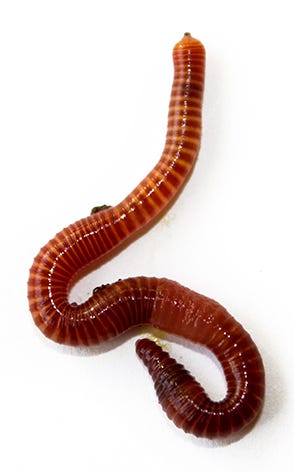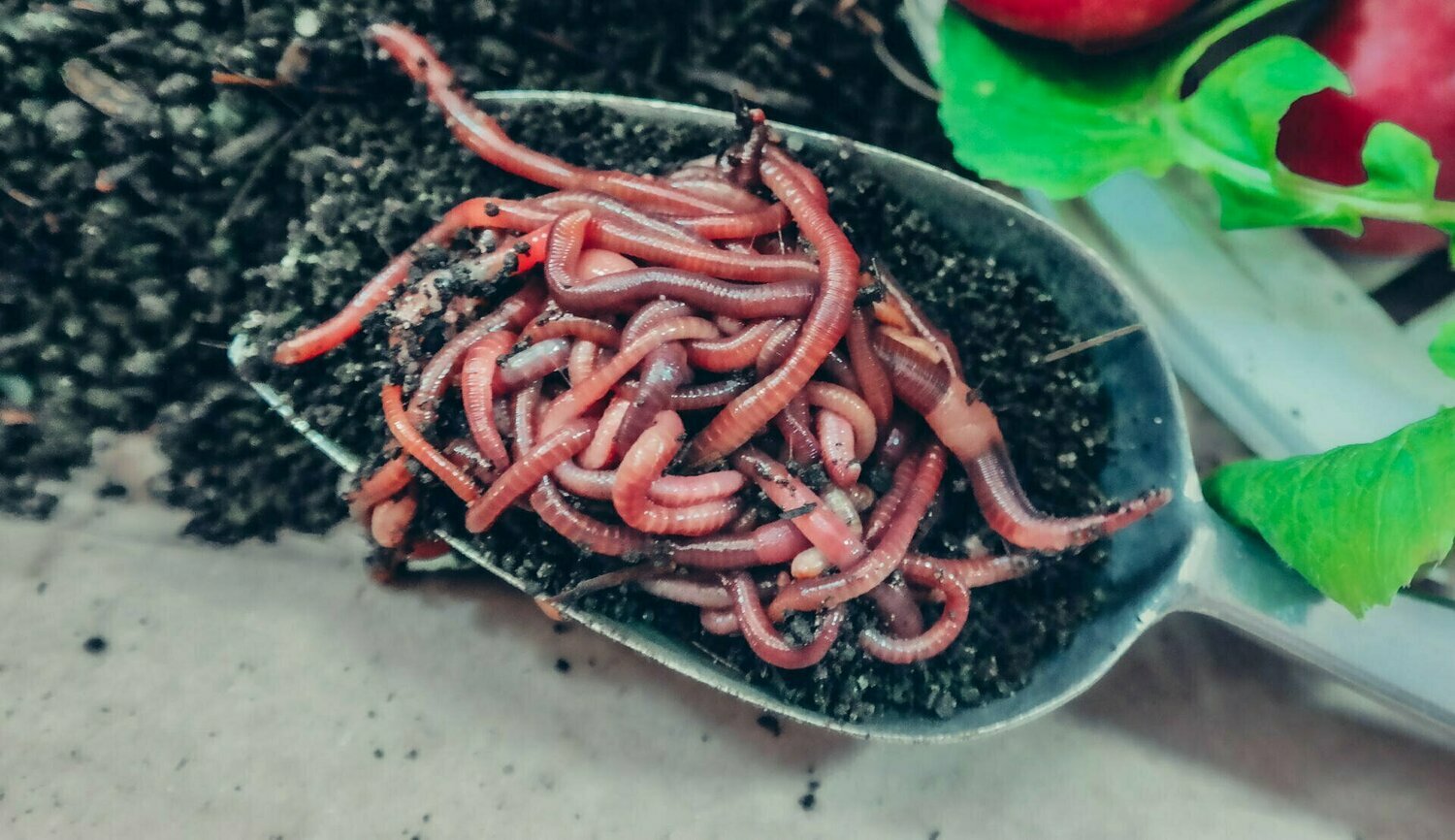Red Wiggler Worms - Perfect for Vermicomposting and Dirt Enrichment
Red Wiggler Worms - Perfect for Vermicomposting and Dirt Enrichment
Blog Article
Making The Most Of the Perks of Red Wiggler Worms: A Comprehensive Handbook for Home Gardeners and Urban Farmers
In the world of lasting gardening practices, red wiggler worms stand as unhonored heroes, silently changing organic waste right into nutrient-rich castings that can work marvels for soil wellness. By discovering the details of how to effectively care for and take full advantage of the benefits of red wiggler worms, people can unlock a wealth of opportunities for enhancing the sustainability and performance of their horticulture ventures.
Recognizing Red Wiggler Worms
Red Wiggler worms, renowned for their effective composting capacities, are a types of earthworms widely utilized in vermiculture practices. These worms, medically recognized as Eisenia fetida, thrive in decomposing natural product, making them suitable prospects for composting.
One key characteristic of Red Wiggler worms is their reproductive rate. These hermaphroditic animals have both female and male reproductive organs, allowing them to duplicate swiftly under desirable problems. A mature Red Wiggler can create multiple children in a brief duration, making sure a steady populace within a composting system.

Establishing a Worm Bin
When establishing a worm container for vermiculture functions, proper prep work and attention to information are essential for developing a helpful setting for Red Wiggler worms. Begin by choosing a suitable container for your worm bin. This can be a plastic or wood container with a cover to maintain wetness degrees and secure the worms from light. Guarantee that the bin has water drainage openings near the bottom to avoid waterlogging.

Area the worm bin in an amazing, dark location far from straight sunlight and severe temperatures. Regularly keep an eye on the wetness degrees, including water if the bedding really feels half-cracked or completely dry. Feed the worms a balanced diet plan of fruit and vegetable scraps, avoiding citrus fruits, onions, and spicy foods. By adhering to these actions, you can set up a prospering worm bin that will efficiently refine organic waste into nutrient-rich vermicompost for your yard.
Feeding and Maintaining Worms
Making certain a well balanced and nourishing diet is vital for the health and performance of Red Wiggler worms in a vermiculture system. Red Wigglers are ravenous eaters, with the ability of consuming their own body weight in organic matter daily. To preserve a successful worm population, it is important to give them with a range of food scraps such as vegetables and fruit peels, coffee premises, tea bags, and crushed eggshells. Nevertheless, it is necessary to stay clear of feeding them citrus fruits, onions, garlic, milk items, meat, and oily foods as these can be harmful to the worms or create undesirable smells in the bin.
Correct wetness levels are likewise important for the wellness of Red Wiggler worms. The bedding needs to feel like a damp sponge, giving adequate moisture for the worms to breathe via their skin. Consistently inspect the wetness levels and adjust by including water or dry bed linens product as required. Additionally, preserving correct temperature level conditions in between 55-77 ° F(13-25 ° C )will make sure optimum worm task and reproduction. browse around here By diligently monitoring their diet plan, dampness, and environmental conditions, home garden enthusiasts and urban farmers can sustain a efficient and healthy Red Wiggler worm populace for composting functions.
Gathering Worm Spreadings
To successfully draw out nutrient-rich worm spreadings from the vermicompost, a methodical harvesting process is crucial for making best use of the composting benefits. The first action in collecting worm get more castings is to motivate the worms to migrate to one side of the container.
After the castings have been gathered, it is important to separate any kind of remaining worms from the spreadings to stay clear of hurting them during storage space or application. One efficient method is to produce conical stacks of castings under brilliant light. Worms will intuitively relocate far from the light, permitting for simple splitting up and elimination.
Finally, the collected worm castings need to be saved in a trendy, dark, and completely dry place to keep their high quality and performance as a nutrient-rich soil change. By adhering to these steps, home gardeners and metropolitan farmers can make the most of the benefits of red wiggler worms in their vermicomposting systems.
Utilizing Worm Castings in Gardening
The unification of nutrient-rich worm spreadings right into garden soil can dramatically boost plant growth and general dirt health. Worm spreadings, additionally understood as vermicast, are an all-natural plant food produced by red wiggler worms as they break down raw material. These castings are abundant in necessary nutrients like nitrogen, phosphorus, potassium, and advantageous microorganisms that advertise plant growth and improve soil structure.
When using worm spreadings in gardening, it is necessary to blend them thoroughly right into the dirt or use them as a leading clothing around plants. The slow-release nature of worm spreadings makes sure a constant supply of nutrients to plants with time, lowering the risk of nutrient leaching and promoting long-term soil fertility. Furthermore, worm castings help improve dirt aeration, water retention, and microbial task, developing a healthy atmosphere for plant roots to grow.

Conclusion
Finally, the use of red wiggler worms in home gardening and city farming can substantially benefit soil health and plant growth. By comprehending exactly how to set up and keep a worm bin, feed the worms appropriately, and collect their nutrient-rich castings, gardeners can optimize the benefits of these earthworms. Integrating worm castings right into gardening practices can enhance soil fertility and general plant productivity. Generally, red wiggler worms provide a sustainable and effective remedy for boosting garden and farm returns.
In the world of lasting horticulture methods, red wiggler worms stand as unrecognized heroes, quietly changing organic waste into nutrient-rich spreadings that can work marvels for dirt wellness.When developing a worm container for vermiculture functions, correct prep work and focus to information are necessary for developing a favorable atmosphere for Red Wiggler worms. The first action in collecting worm castings is to urge the worms to move to one side of the bin. Worm castings, also understood as vermicast, are an all-natural fertilizer created by red wiggler worms as they damage down organic issue. By comprehending exactly how to set up and maintain a worm bin, feed the worms appropriately, and harvest their nutrient-rich spreadings, garden enthusiasts can make the most of the benefits of these earthworms.
Report this page